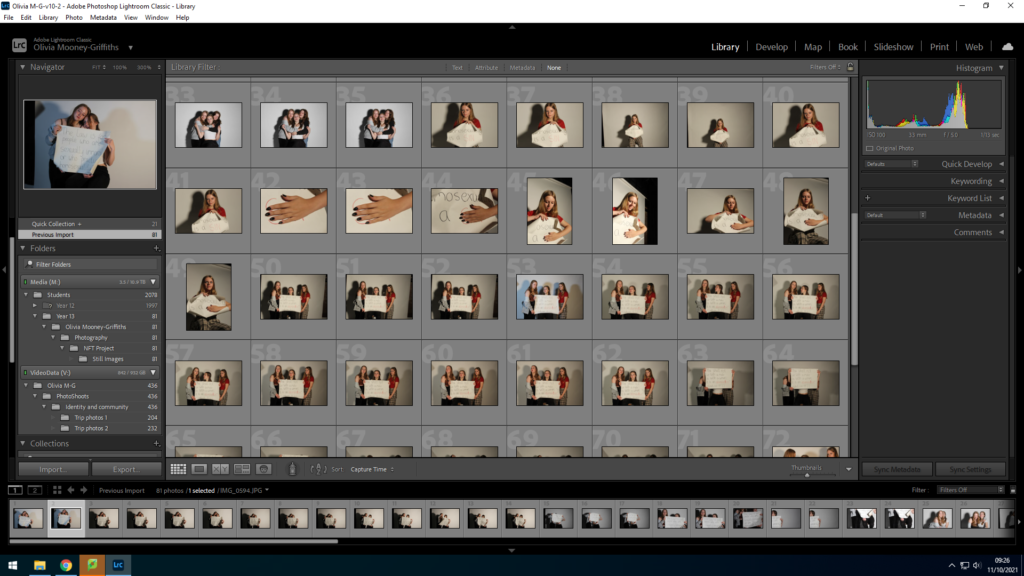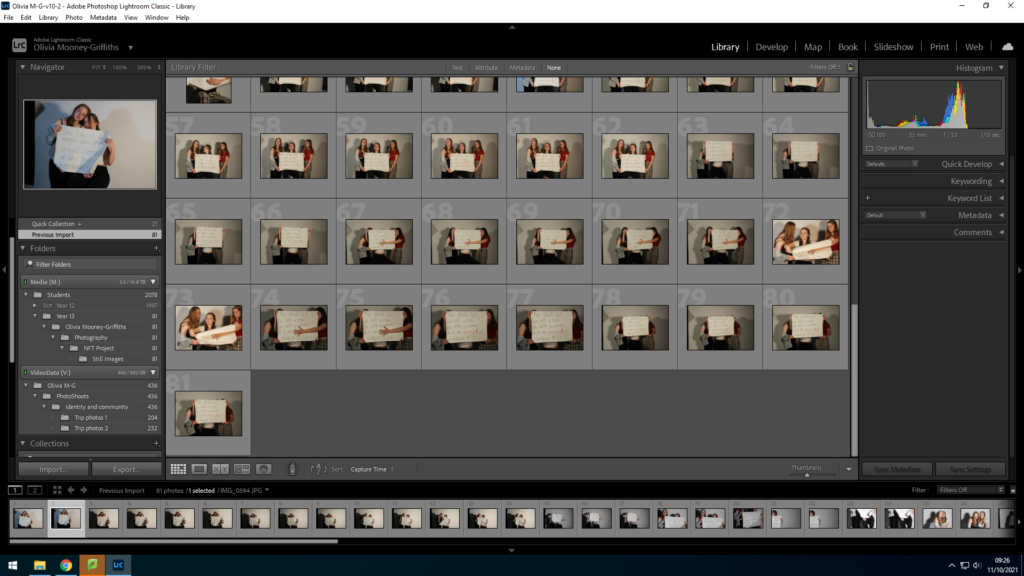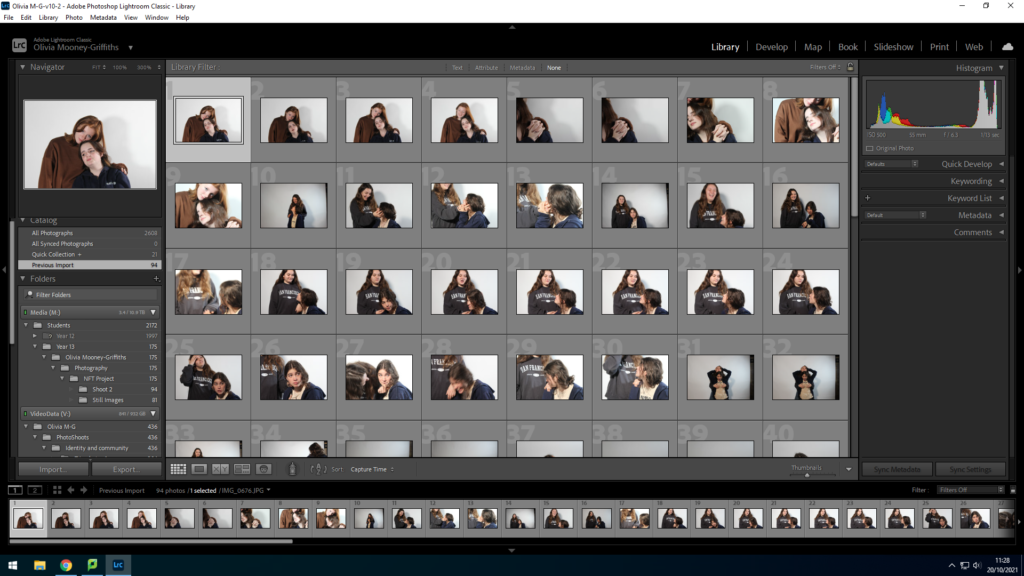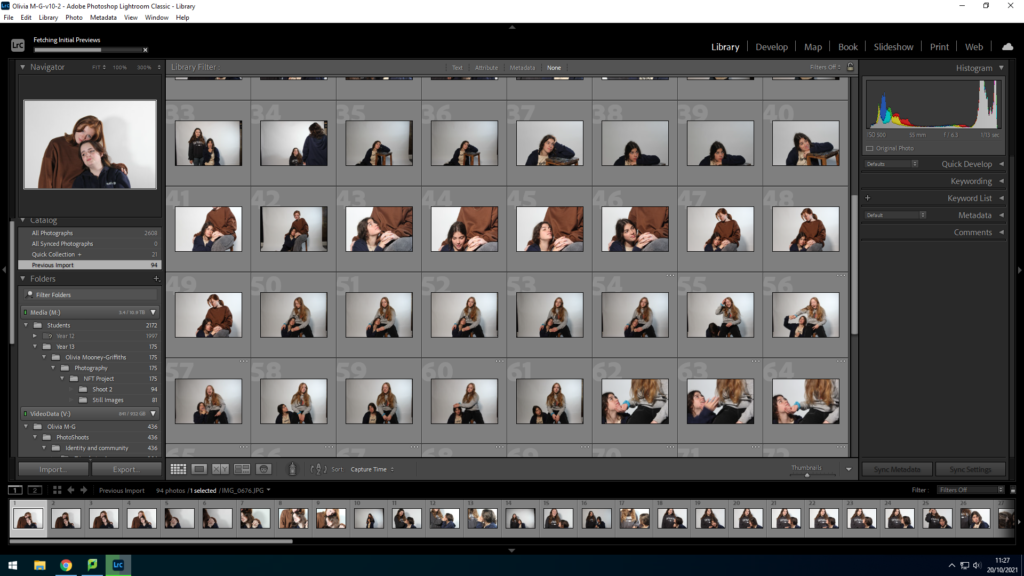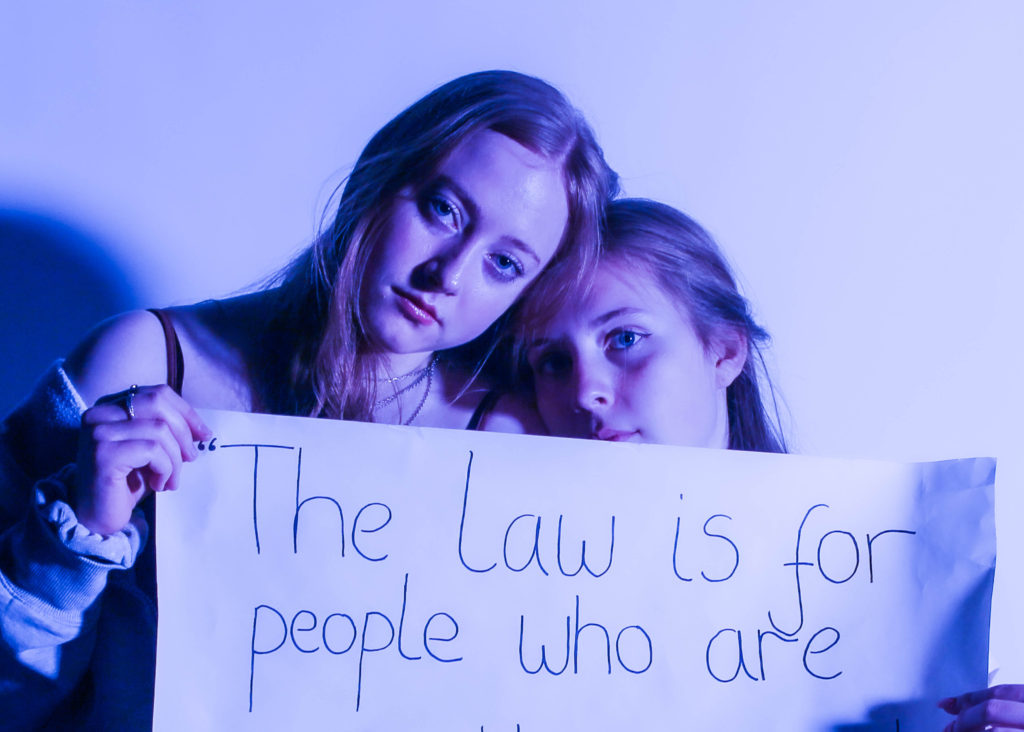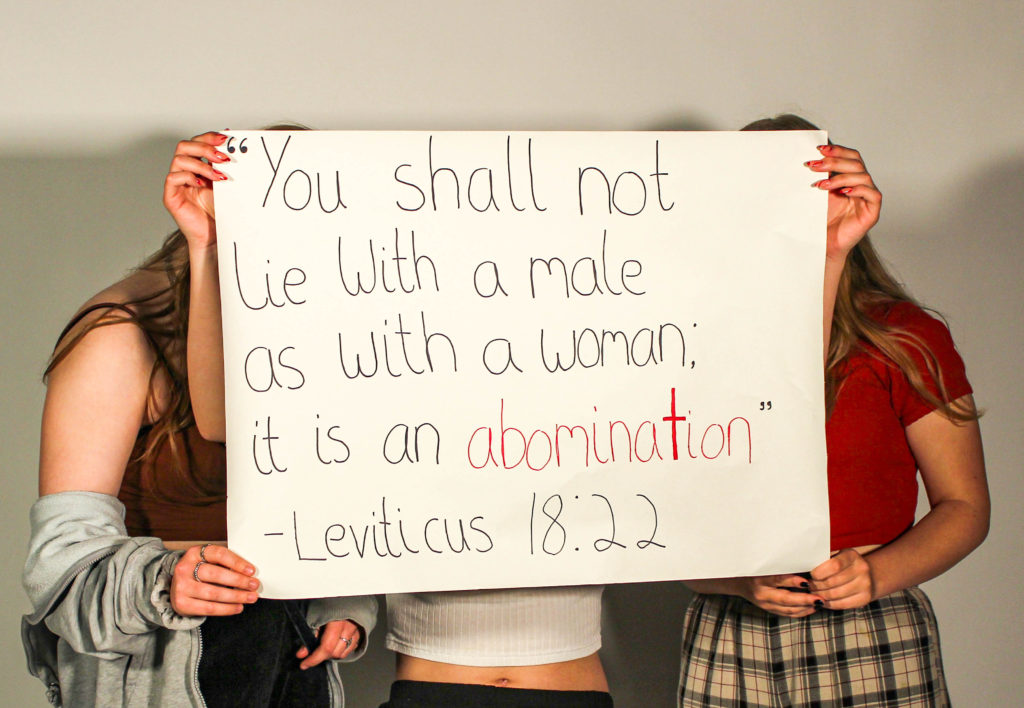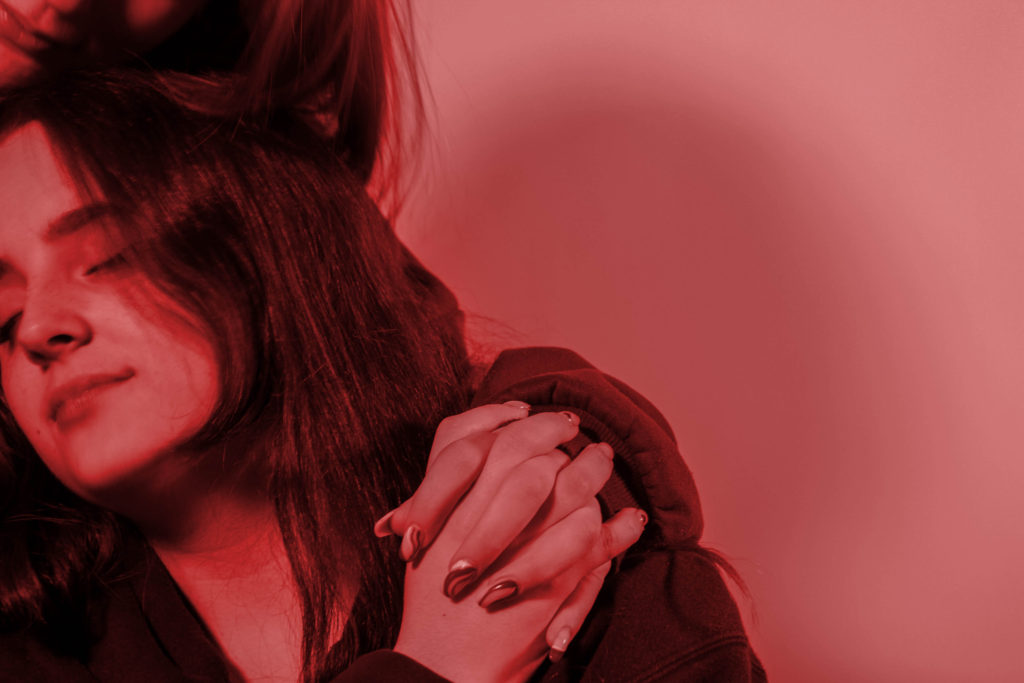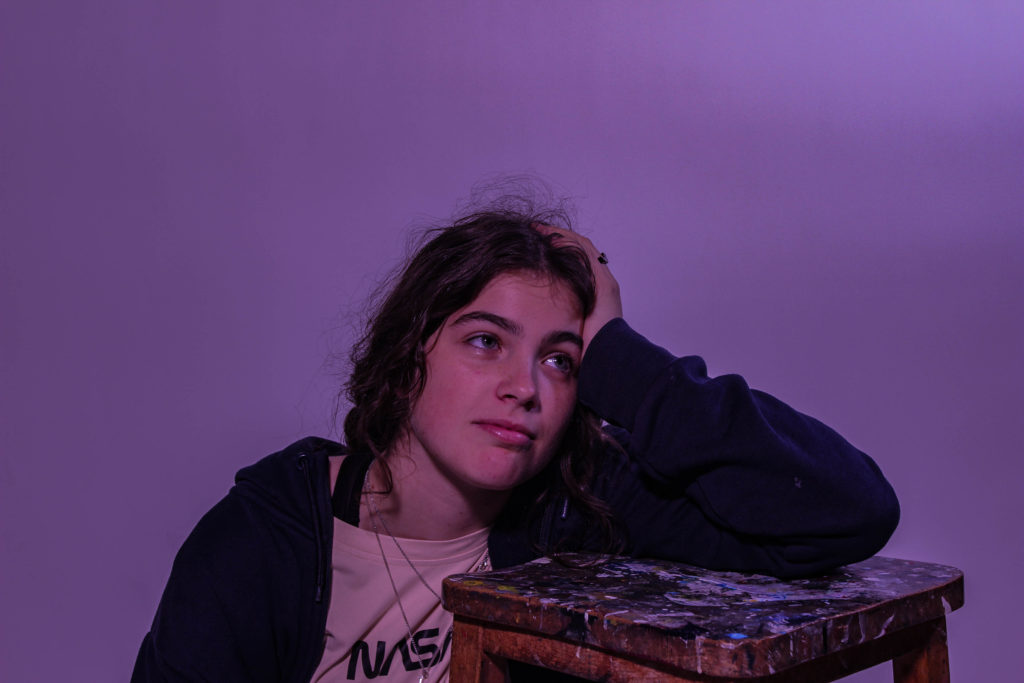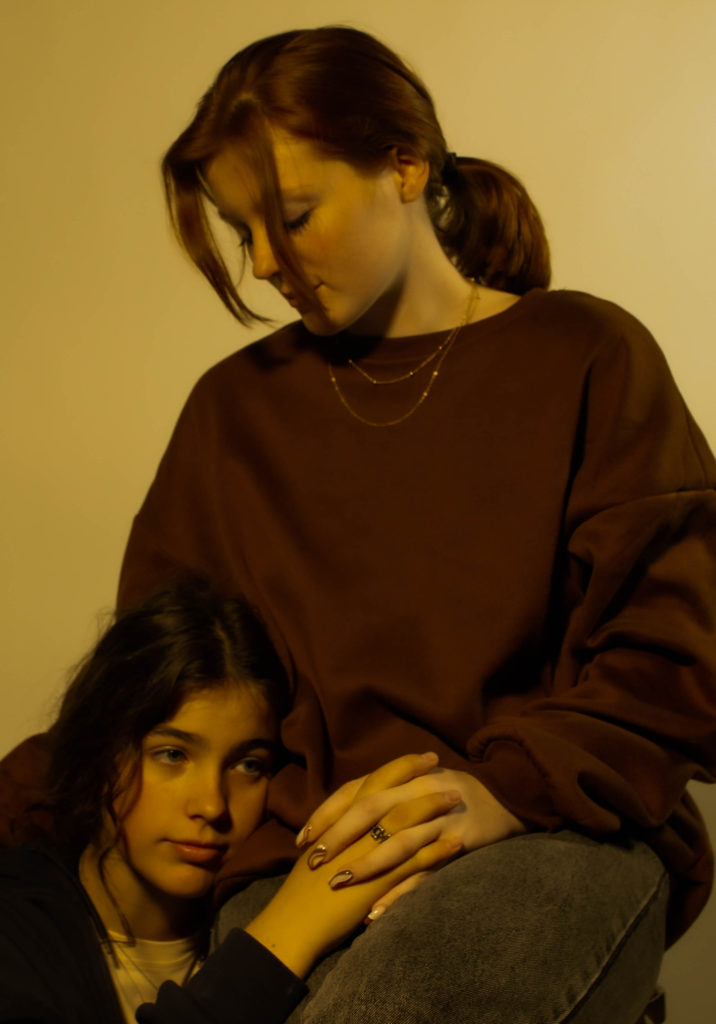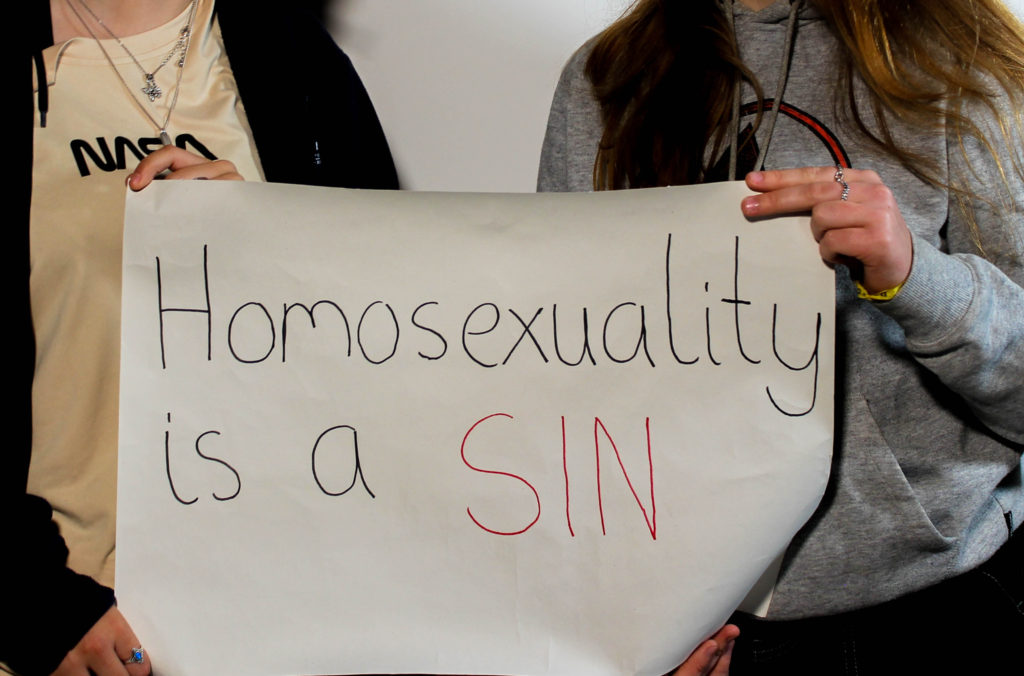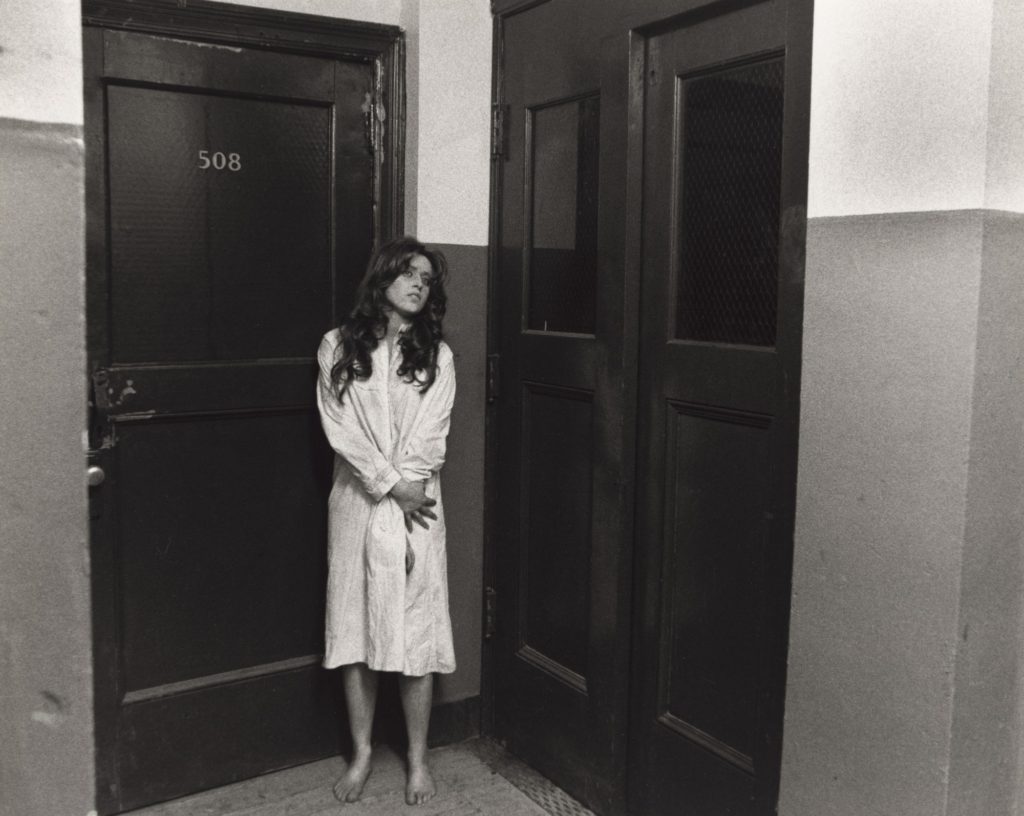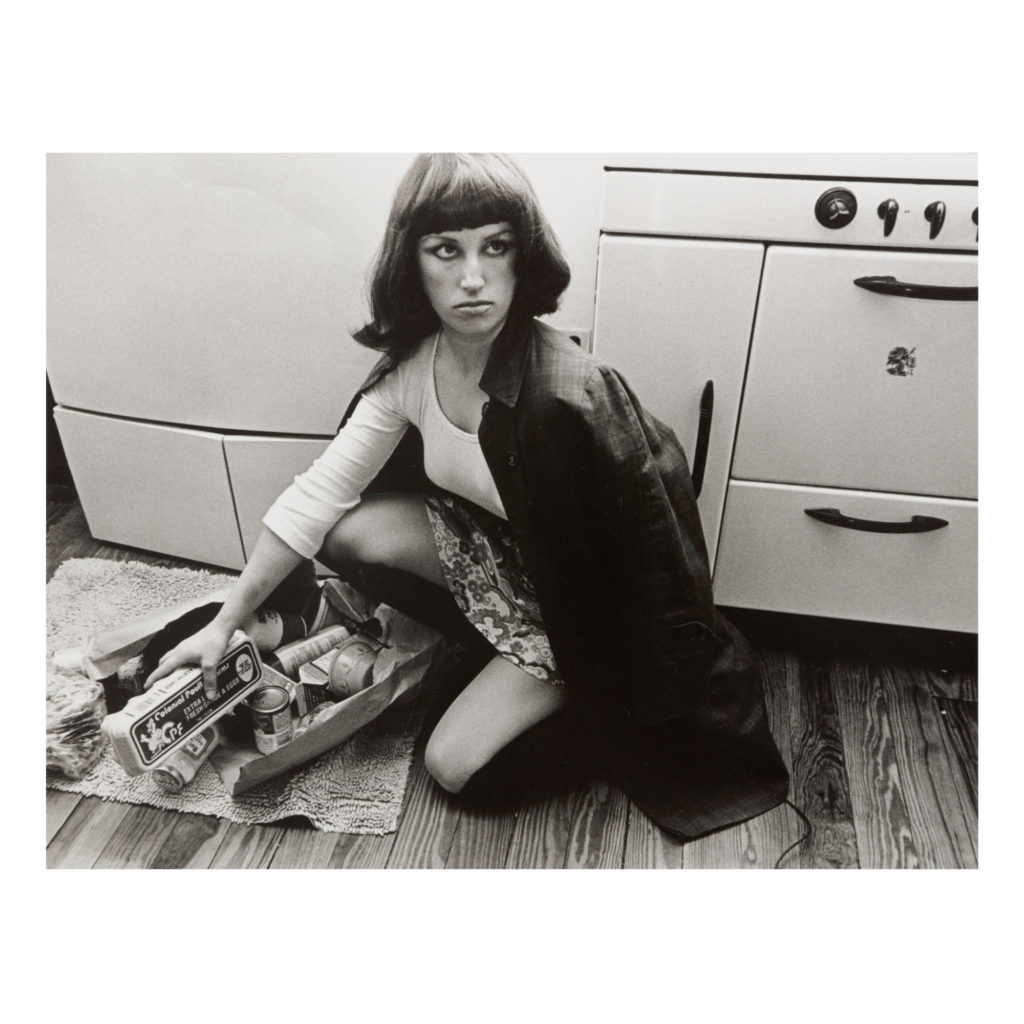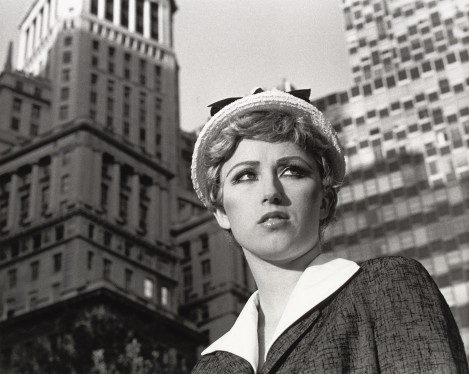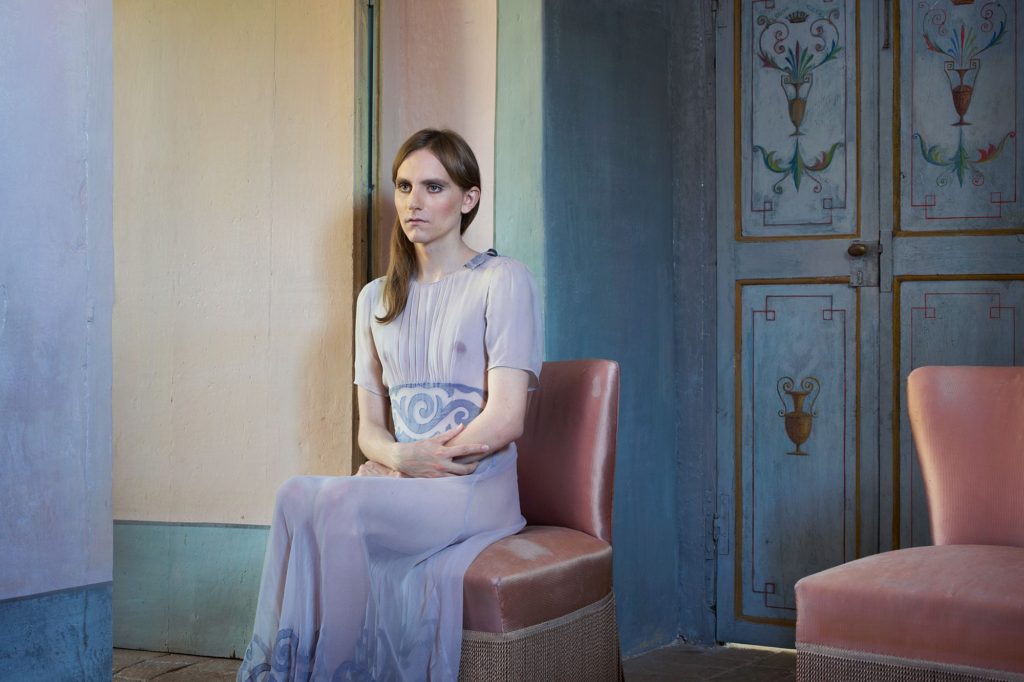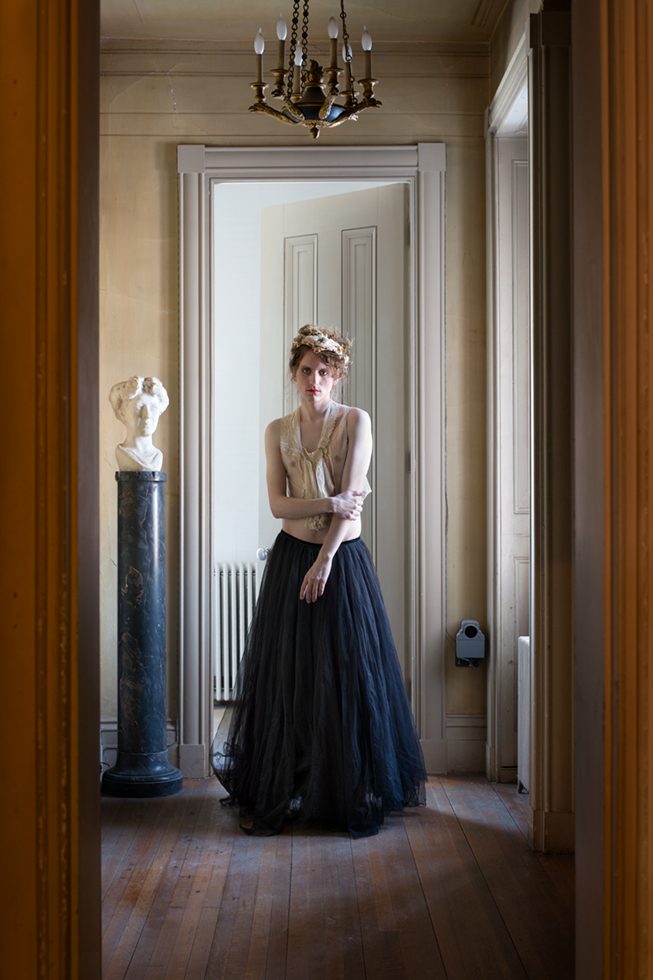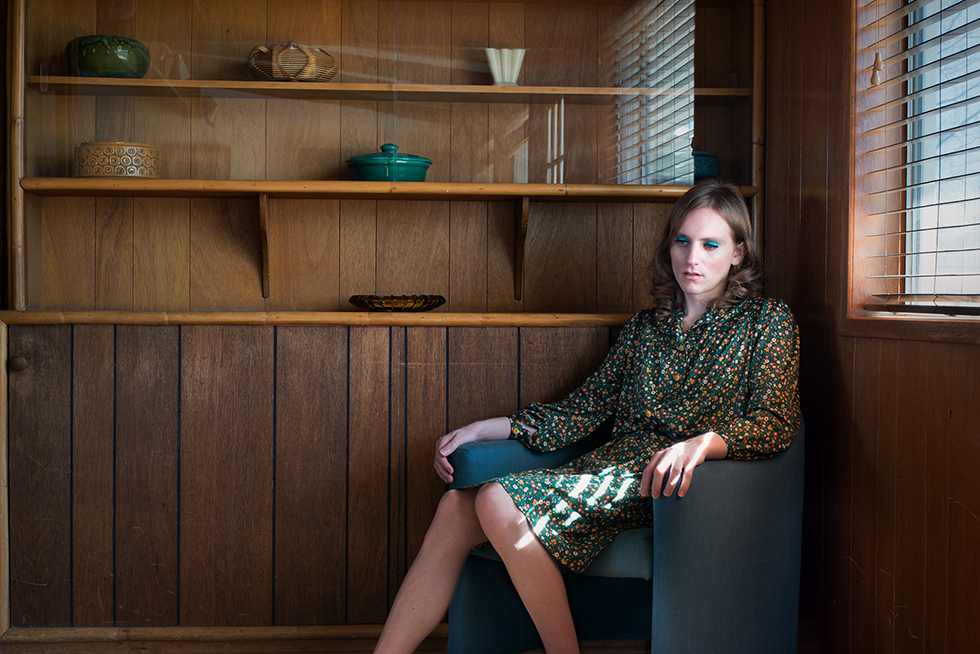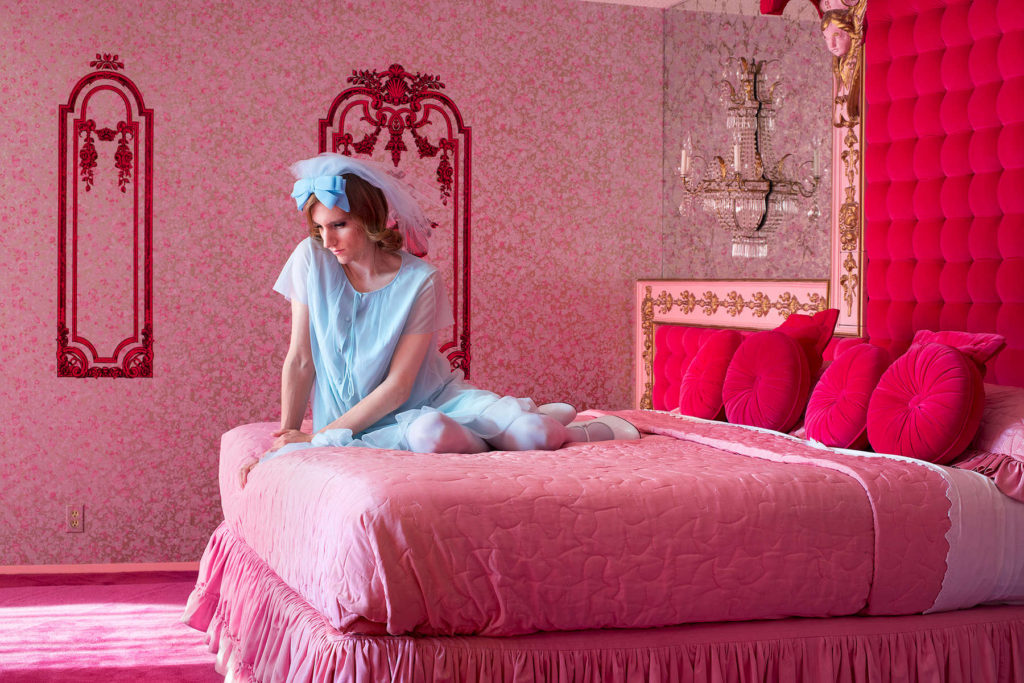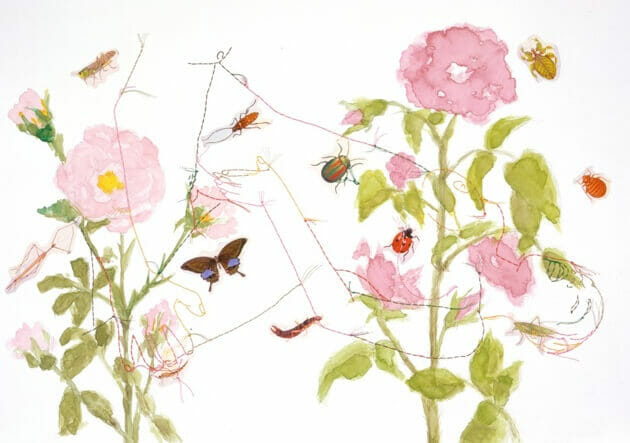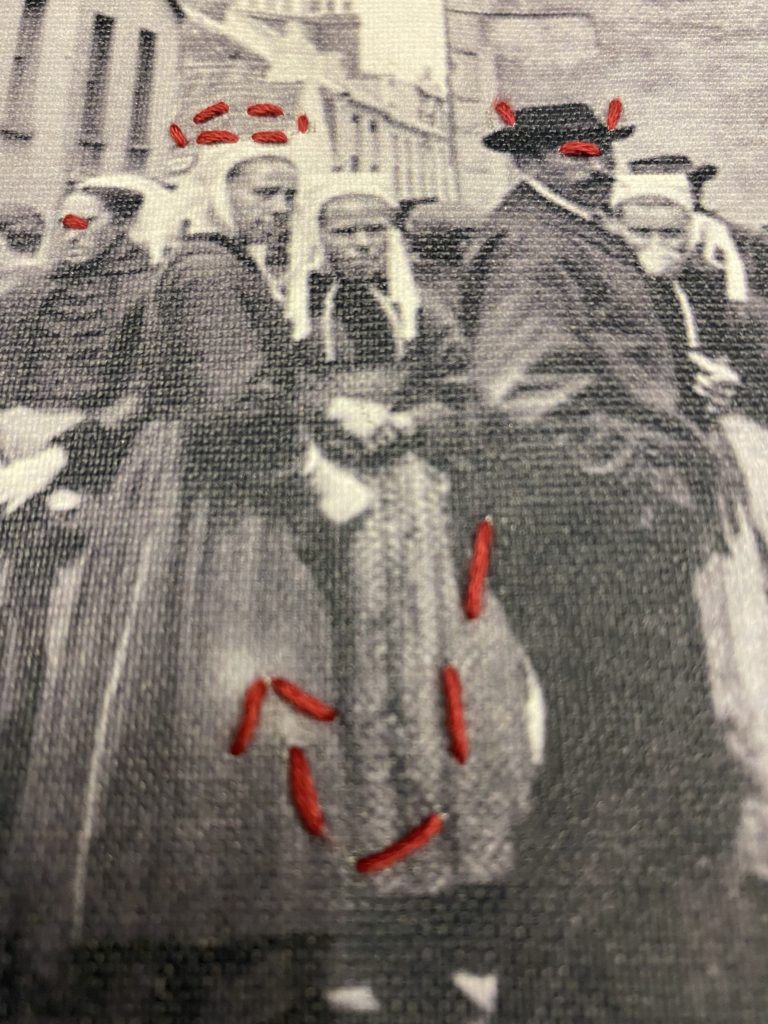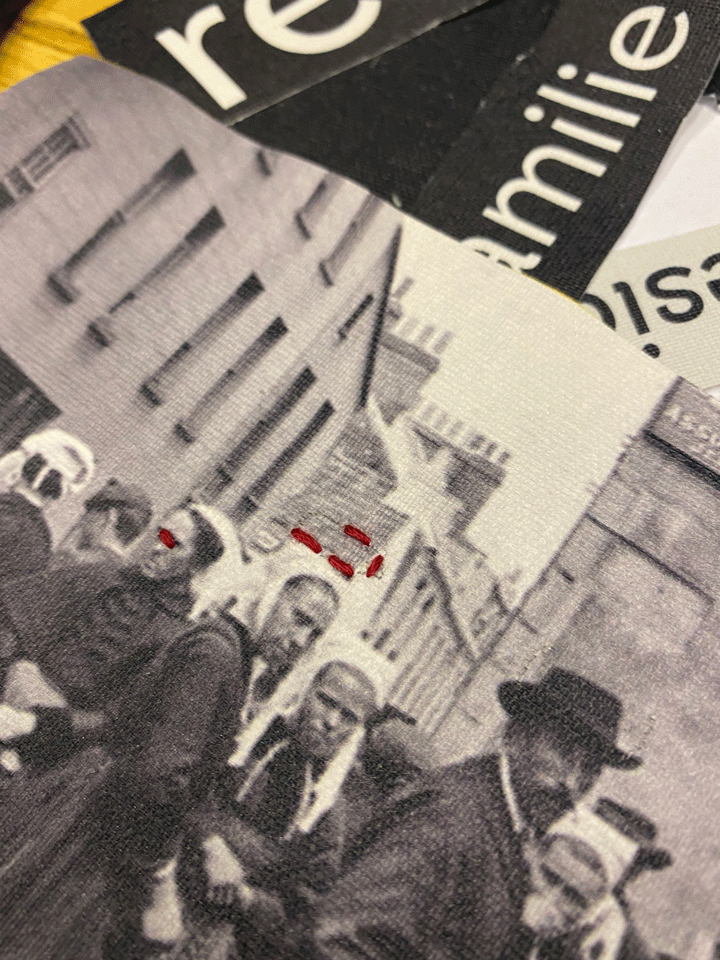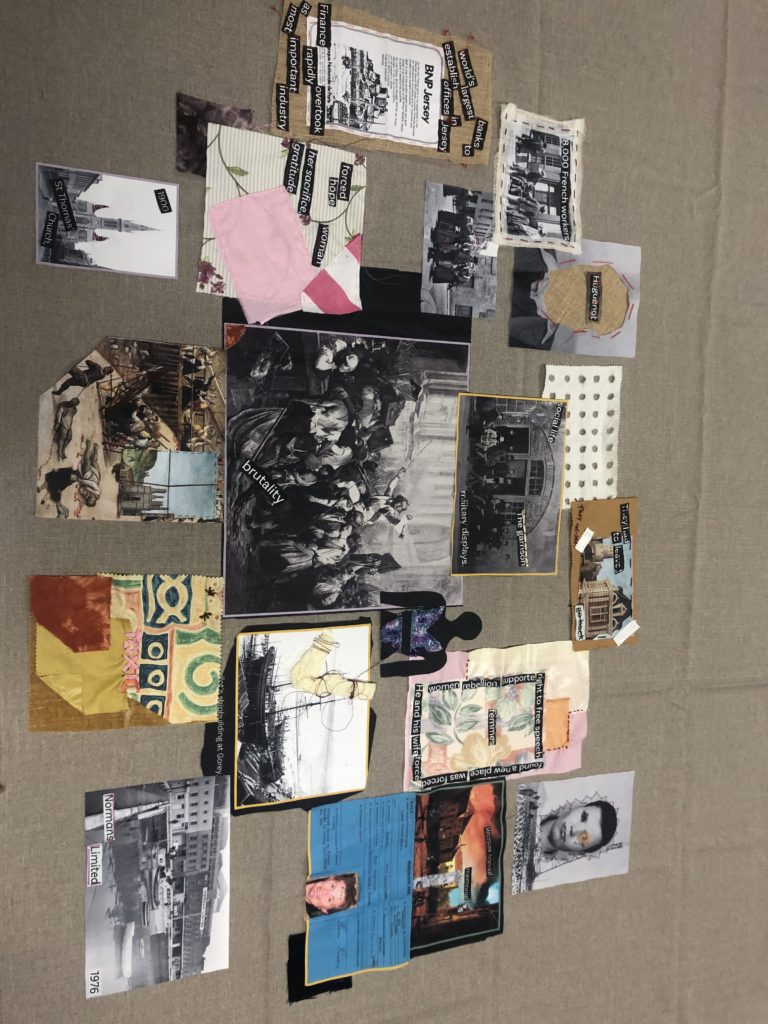Planning

Here we have collected ideas for the group project as a whole, noting the concept of the film, locations for shoots, props, actors, lighting and the potential camera settings. This gives us an idea of how we are going to execute each shoot for both the still images and the film.
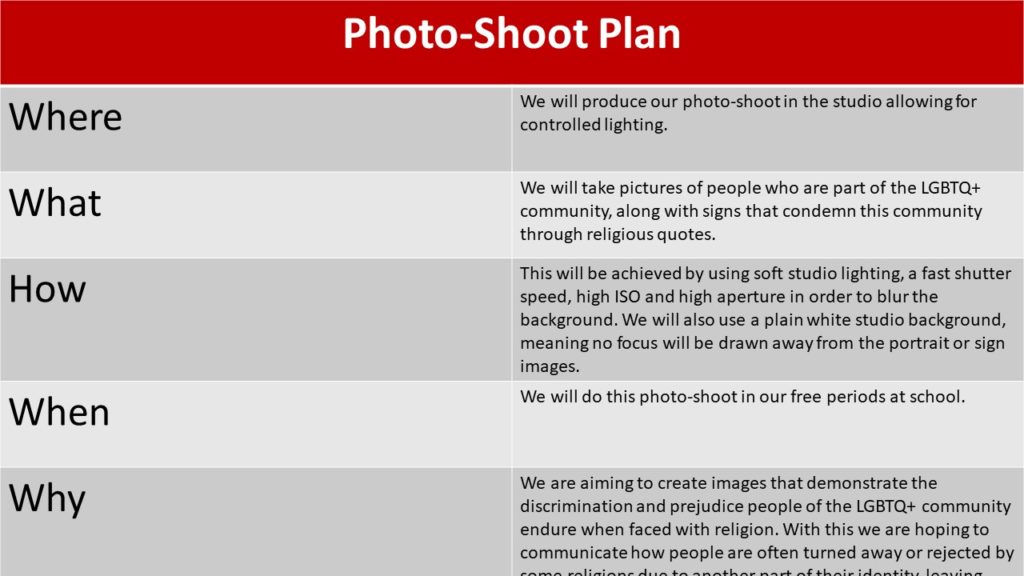
Then we went on to making a final plan for the still image shoot only, stating how we are going to produce our images that relate to our film. These will be made with the intention of creating a collage with the edited photographs. These images will look different to any stills from our film, however they will convey the same message of unity between the LGBTQ+ and religious community.
Shoot 1
Here Bethany went through and flagged the images she was going to edit on Lightroom, selecting photographs that displayed the entire quote on the signs, and ones which helped express the message of turmoil between the two communities of LGBTQ+ and religion. In this shoot we took photographs such as close ups of the signs with hands covering discriminatory parts of the passages, in order to show rebellion of the heteronormative conventions of such religions. In addition, we also took photographs in which the models were standing behind the sign, showcasing how people also hide behind religion in fear of revealing their true identity. We took these in a dead-pan manner to show neutral expression between the two communities. However, with this shoot we also noticed how the shadows are very prominent in each image and ultimately decided to produce another shoot after this first one, to display softer lighting and background that does not distract from the portraits.
Shoot 2
With this shoot we wanted to produce photographs that had softer or no shadows at all, as well as clearer and higher quality images. For this we re-made the previous shoot although this time with different and more people, allowing for a wider variety to choose from when in the editing process. Furthermore, in this shoot we also focused on producing standalone portraits, without the signs, showcasing images of couples with sense of fear or sadness towards the discrimination they receive, allowing for more emotion to be conveyed through these new photographs. With these images Bethany selected the photos that contained little amounts of shadow and a clear and in focus portraits in order to start editing them.
Editing and Developing
From both our photo-shoots, Bethany then edited these images with some having a colour overlay, increasing the saturation and vibrance also. This was done in order to present the colours seen on the LGBTQ+ flag. These will also be integrated with the normal colour images that mainly showcase the passages on the signs that condemn the LGBTQ+ community. These images will then ultimately be stitched together in a collage like manner, accompanied by embroidery over the top of the photographs that present positive meanings and passages that connote acceptance and a peaceful coexistence between the two communities. Examples of this could be passages such as “Love thy neighbour” from the Bible, also the name of our film, as well as embroidered hands that cover sections of the negative passages in the photos. By stitching together our images, it also creates a metaphor for the merging of the two identities that a person should be able to share without discrimination. In addition, this assortment of colours and images can also be linked to artwork seen in religious settings, such as stain glass windows seen in many churches.


